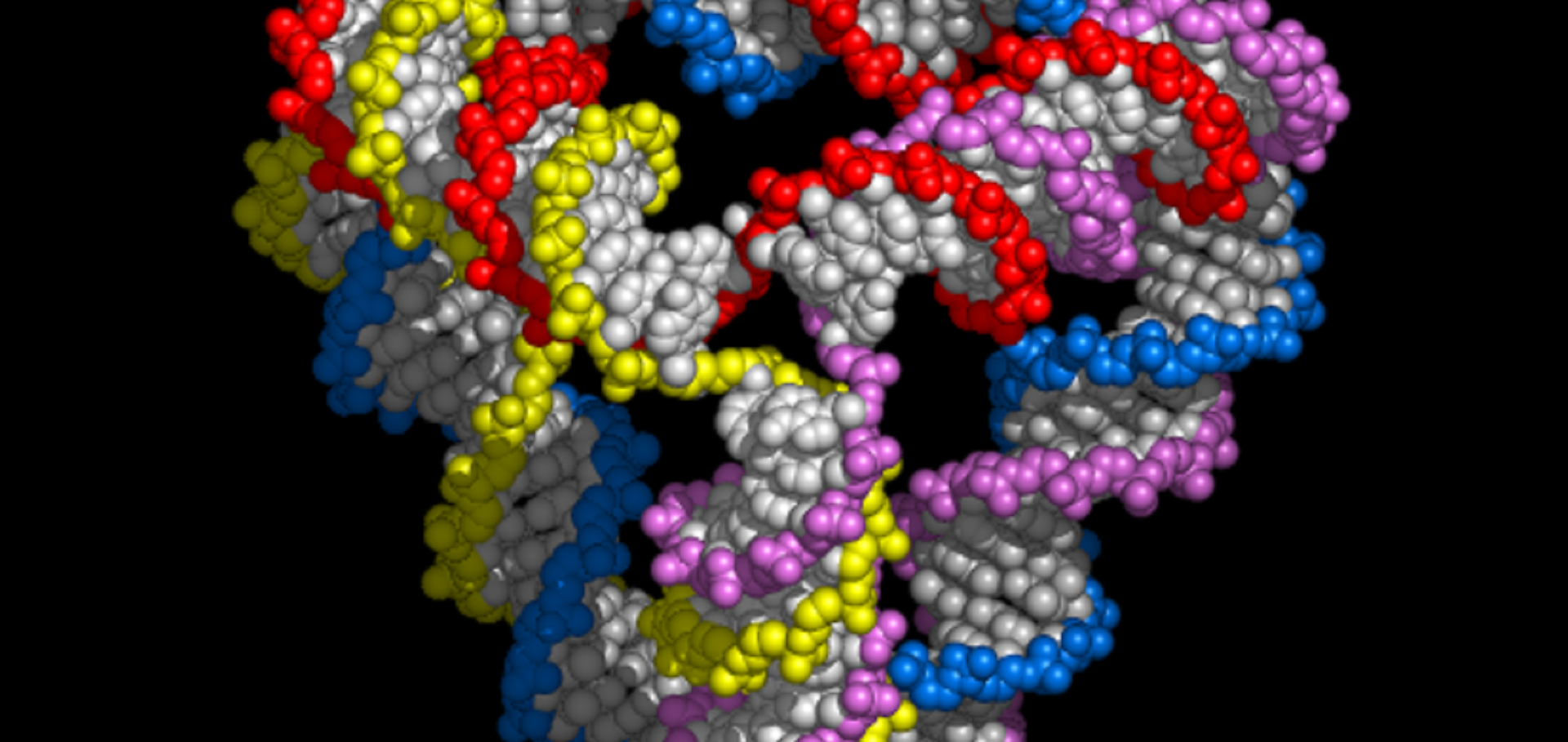Holographic fabrication of photonic crystals
P SOC PHOTO-OPT INS 5720 (2005) 1-8
Abstract:
Holographic lithography is well-adapted to the production of three-dimensional photonic crystals for applications in the technologically important optical regime. We illustrate the flexibility of this approach by considering the design and fabrication of photonic crystals with symmetries that favour the formation of a complete photonic band gap. One of them, a structure with diamond symmetry, is calculated to have a complete gap at a refractive index contrast equal to the lowest yet reported.Registration of single quantum dots for solid state cavity quantum electrodynamics
2005 IEEE LEOS Annual Meeting Conference Proceedings IEEE (2005) 130-131
Registration of single quantum dots for solid state cavity quantum electrodynamics
(2005) 113-114
Self-assembly of chiral DNA nanotubes.
J Am Chem Soc 126:50 (2004) 16342-16343
Abstract:
A system of DNA "tiles" that is designed to assemble to form two-dimensional arrays is observed to form narrow ribbons several micrometers in length. The uniform width of the ribbons and lack of frayed edges lead us to propose that they are arrays that have curled and closed on themselves to form tubes. This proposal is confirmed by the observation of tubes with helical order.A unidirectional DNA walker that moves autonomously along a track.
Angew Chem Int Ed Engl 43:37 (2004) 4906-4911


